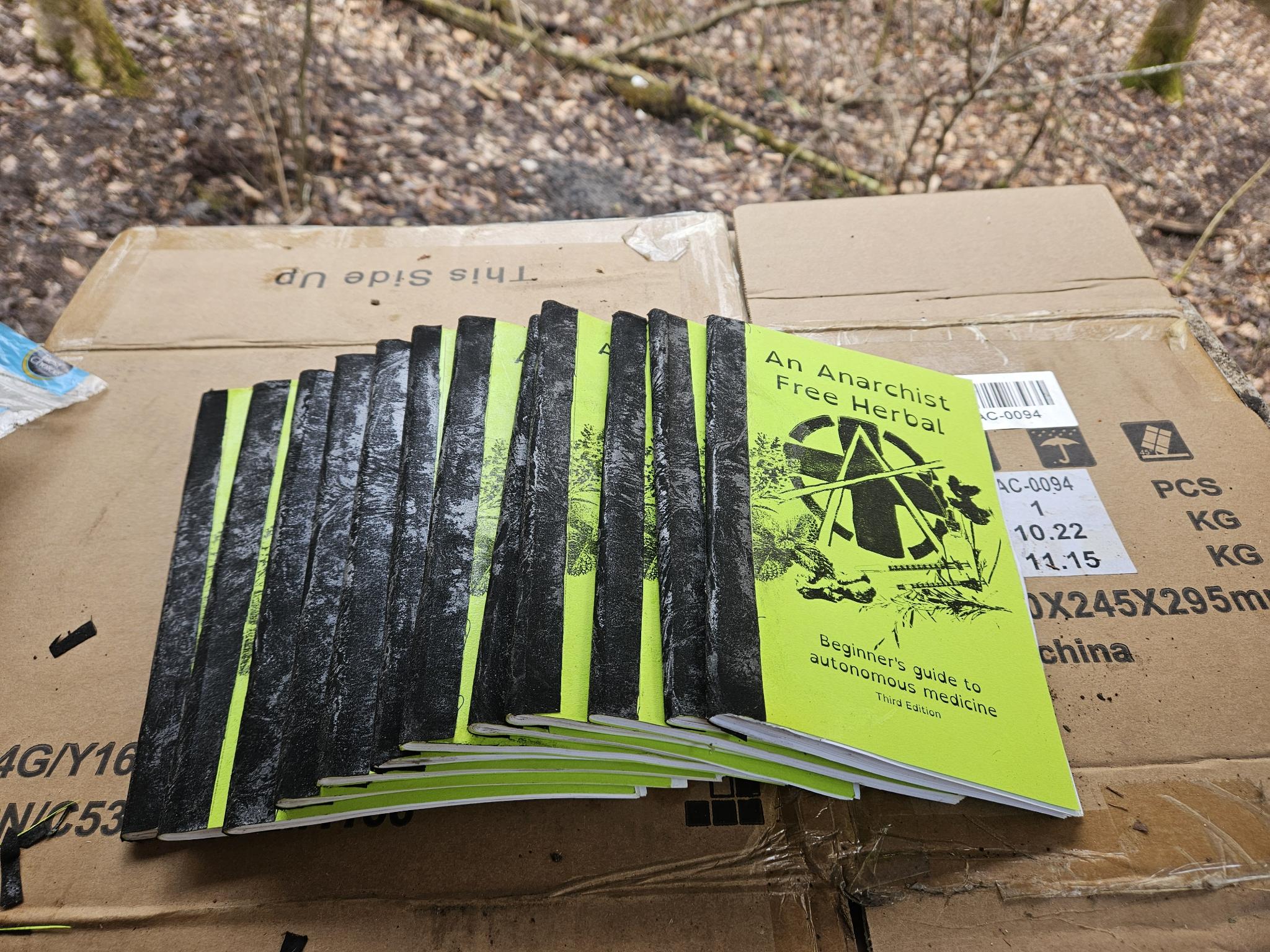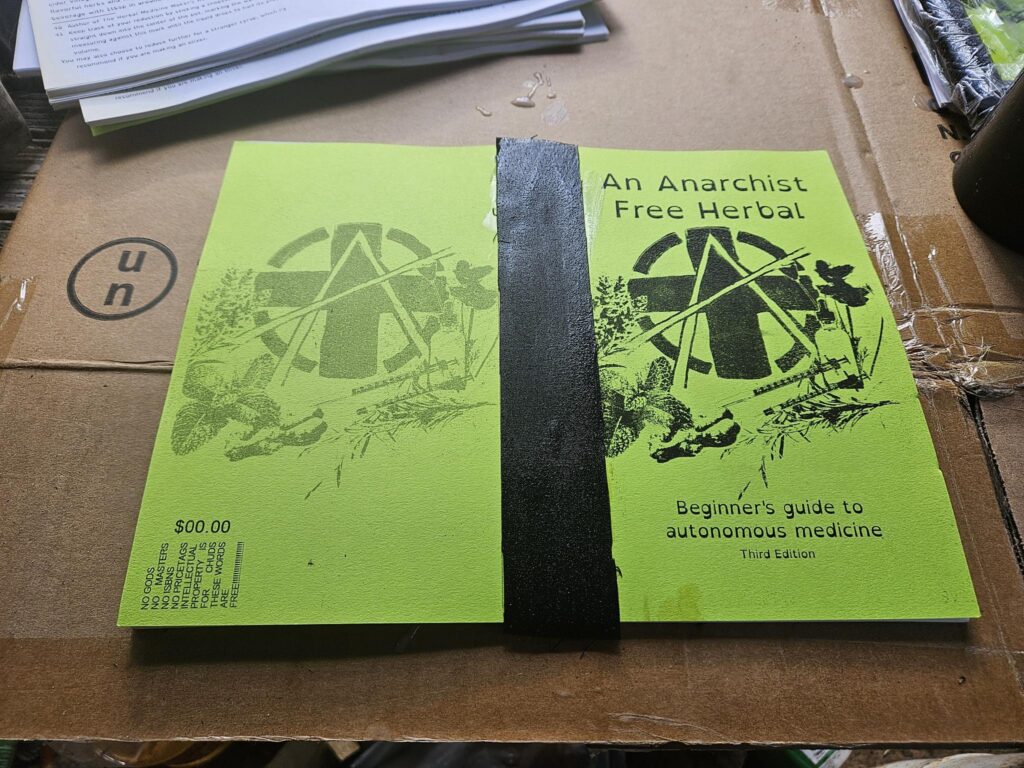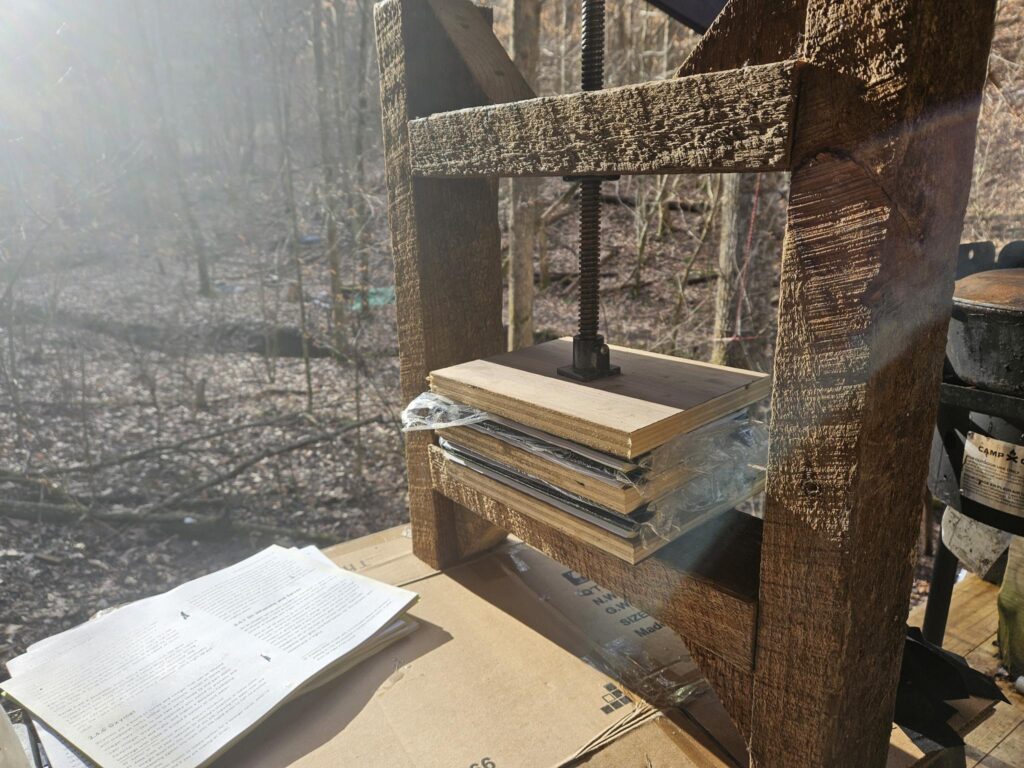Hello all!
I don’t quite have the energy for another monster course like Herbal Harm Reduction this winter; so we’re bringing back updated versions of two workshops from last year, plus a really exciting new one!
I’m also trying something slightly new with the registration and recording system. This year there’s just one registration form, and for the first time you can sign up to receive recordings AFTER the live session has concluded–until MARCH 10th for all three workshops in the series. All participants also have the option of a FREE 20-minute check-in session to cover any questions or thoughts they have related to the workshop.
Registration & Donations & Whatnot
All three workshops take place on SUNDAYS from 4:30-6PM EST (That’s 7:30-9PM if you’re on the west coast).
You can register via the form HERE. If you aren’t sure you’d like to commit to multiple workshops at once, you’re welcome to fill out the form again before MARCH 10th.
If you register BEFORE a live session is scheduled, you’ll get the live link via email or text (probably about an hour before the workshop is scheduled) and a link to a google drive where you can access the recordings once the workshop has concluded (probably within three days or less).
If you register AFTER a live session has concluded, you’ll get the google drive link within three days & information about scheduling a FREE 20-minute check-in over text or phone call.
Recordings will be available via google drive as downloadable .7z files (a high-compression zip file format that most computers and phones should be able to open; or free open-source software is available from 7-zip. This should offer a fast download for folks with rural/shitty internet) and streamable .mp4 files.
The suggested donation for each workshop session is $45-$90. That’s:
- $45-$90 for one session
- $90-$180 for two sessions
- $135-$270 for all three
No one will be turned away for lack of funds. Participants with means, especially those employed within the healthcare industry, are encouraged to consider that much of this content is made possible by the hard-won lessons my friends & I have gained through poverty and desperation; and give accordingly to their position within these systems.
The workshops on offer are:
Pain, plants, and peace — Live session January 26th
Updated for 2025! This workshop assumes a basic familiarity with herbal concepts like actions, specific indications, and contraindications; as well as herbal medicine making. Like all my more advanced content, the necessary basics are covered in An Anarchist Free Herbal 3rd edition (access for free here)
Background
I’ve been in pain every day for over half my life, from a varying combination of joint instability, neurological problems, and repetitive injuries. Like many chronically ill and disabled people, my experience of pain is not just a sense of urgency or a signal to stop doing something: It’s brain fog, immobility, dissociation, low empathy, a short temper, mood swings, both an ever-present sensation and something I have to actively remember to address. Naturally, I’ve spent a lot of my life thinking about and discussing extreme pain. Many friends and accomplices and I have been dissatisfied with pain management options available via western medicine; especially when we’ve been presented with potentially-dangerous long-term NSAID prescriptions or non-indicated medications with unpleasant side effects. Herbalism can offer a wider range of potential management strategies that can be compatible with western medical treatment for underlying conditions or offer relief to those of us who have chosen not to pursue or continue medical treatment for any number of personal reasons.
Course Description
Over the years, I’ve developed a set of specific indications centering around different experiences of pain, which I will now share with you! We’ll talk about ways of conceptualizing and communicating about pain and explore a wide variety of pain management options—Not just analgesic herbs (although don’t get me wrong, there’s plenty!) but strategies and practices for living with chronic and long-term pain like sensory redirection, ritual, nervous system support and more. This workshop intends to develop a rich, multifaceted and adaptable toolkit that focuses on increasing quality of life in difficult situations with strategically-targeted, doable steps.
Herbal Rash Care — Live session February 9th
Designed for complete beginners, but nuanced enough for experienced herbalists as well. This is a new offering that I’m extremely excited about! It has been a breath of fresh air to develop and I’m extremely excited to share some of my favorite herbs, preparations, and formulas that don’t fit into the emotional-neurological-wellness that I often focus on in my practice. We get to talk about EMULSIONS! 😀
I strongly recommend this workshop for mutual aid volunteers & community medics!
This workshop addresses racist & colorist bias in skincare and emphasizes inclusive, responsible, and ethical practices.
Background
Living through homelessness & disability, rashes have been an ever-present part of my friends & I’s daily lives for years. When they’re not “medically significant”, rashes can be an extremely painful detriment to quality-of-life — and one that it can be extremely hard to get care for or have taken seriously. However, well-informed sub-clinical rash care is–in my opinion–one of the easiest & safest forms of herbalism to offer, and a great entry point for anyone who would like to include more holistic health support in their mutual aid or community medic activities.
Course Description
We’ll cover the cardinal rules of herbal skincare; useful plant allies and the logic behind them; and herbal medicine making! As always, this workshop has plenty of “how”s, but focuses heavily on the why: You won’t just walk away armed with plenty of my favorite herbs, techniques, and strategies; but also with an advanced understanding of how to build your own bioregionally appropriate, role-specific toolkit.
We’ll also talk about scope for herbal practice and how to identify when a skin issue might require higher care/medical treatment.
Fight the Hatman & Win — Live session February 23rd
Updated & renamed for 2025! This workshop (and my perpetually unfinished zine of the same name :/) is my answer to common sleep advice that ignores the socioeconomic conditions that keep many of us chronically overstressed and underrested. (Obviously it’s a bandaid on the bullet wound that is capitalism, but yknow. We try with what we have while we work to make something better.)
Background
Who HASN’T struggled with sleep in this world? From highschool, to shift work, to the hypervigilance of trying to sleep while homeless or in unsafe living conditions, I don’t know that I’ve met anyone who hasn’t at some point struggled to get enough rest–and lived with the complications and misery that come with it.
While OTC sleep aids report simple actions, the myriad of factors that can make it difficult to sleep are not so clear-cut–and in reality, neither are the tools we can try to use to overcome them. Over the years, I’ve started every rest consultation with the same question: “What are you doing instead of sleeping?” The answers and outcomes related to this one, all-important piece of information provide the foundation of the toolkit and decision-making framework we’ll be covering in this workshop.
Course Description
Have you ever taken an “extra strength” over-the-counter or herbal sleep aid, and been disappointed it didn’t help–maybe even made you feel more alert than you did before? Or had one work for a few nights and then stop being effective? Standard sleep advice all seem like its written for someone in a socioeconomic position that’s barely existed since 1980? This ones for you!
In this workshop we’ll take a holistic look at the sleep-waking cycle, common barriers to restful sleep, the nuances between the chemical and subjective effects of popular herbal sleep aids, and creative problem solving tips to promote rest and respite.
Curriculum is drug use-informed






























